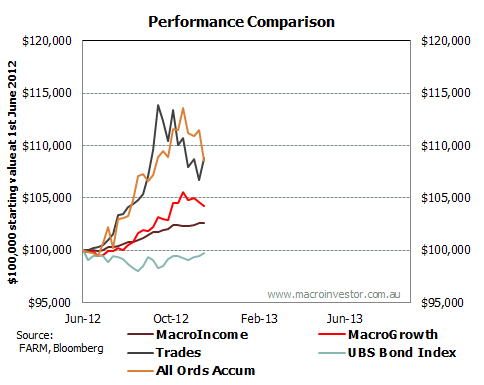
When being a top-down or macro investor it is easy to become all-consumed by data, news, commentary and theory across politics, economics, history, finance, philosophy and more. In a busy week, like the one that’s just past, countless hours can pass reading the papers or sitting up late on the internet trying to make sense of it all.
Yet experienced macro investors can discriminate the signals from the noise, and save themselves both time and back-pain, by distinguishing between what’s tactical and what’s strategic, what’s likely going to only have a short-term impact and what’s likely to be remembered for a long time.
This week we cut through the deluge to look at two key developments – China’s handover and the emergence of US shale gas on the global market, which led the IEA to its extraordinary forecast of US energy independence – and ask what they mean for portfolios here in Australia, especially for the oil and gas sector.
Continuing this big picture spirit, we also take a look too at how you can also employ such top-down discrimination in your own portfolios and, importantly, how this can feed into the legal requirement that SMSFs have for a formal investment strategy.
This week our model portfolios rode the storm nicely with MacroTrades bouncing from its recent draw down to be above accumulated returns on the ASX (that is, including dividends). MacroGrowth is tracking nicely towards an annualised return in double digits with far less volatility that the wider bourse and MacroIncome is rising steadily as designed.
A free 21-day free trial is available at Macro Investor.

